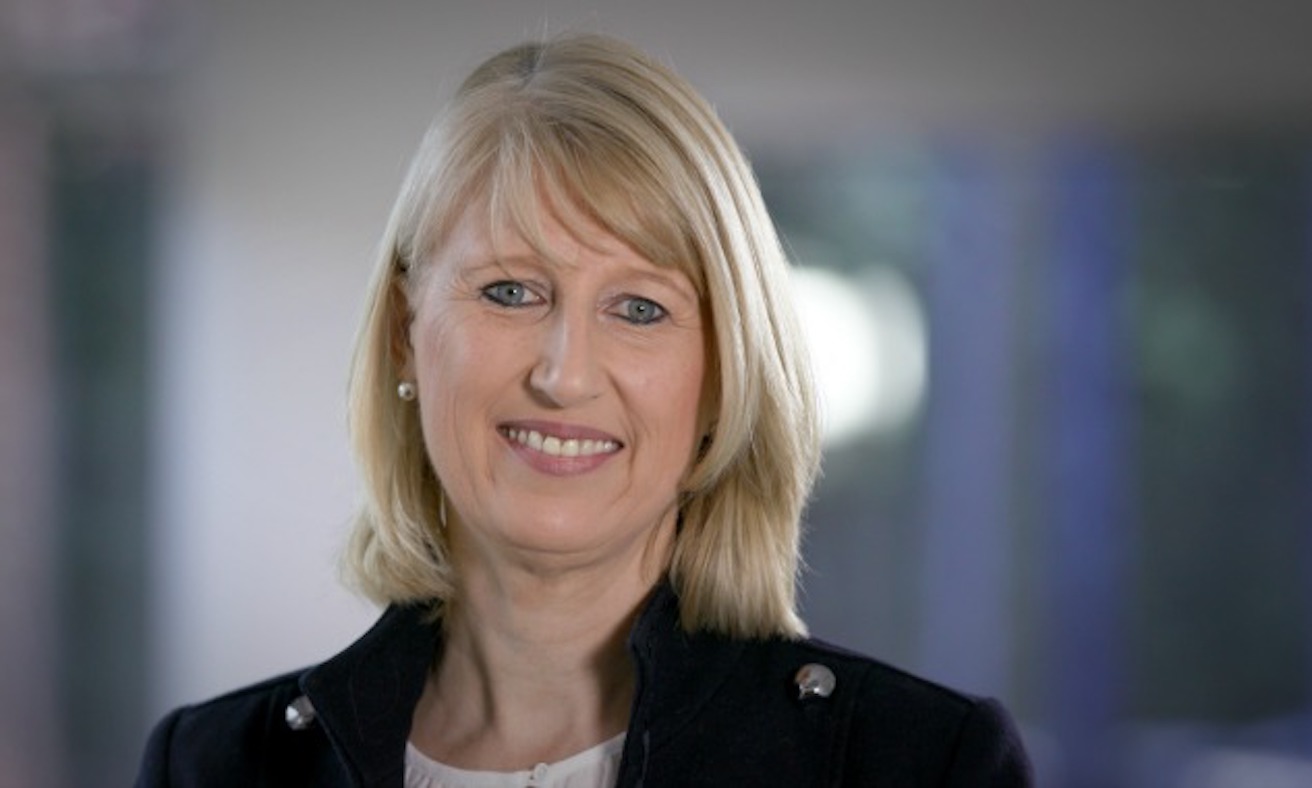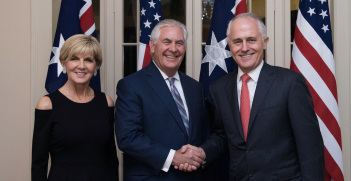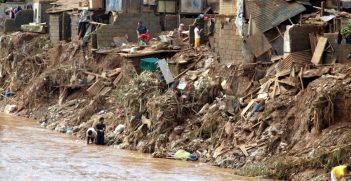What Australian Aid Should Look Like and Why These Five Megatrends Matter

More people in the world are hungry this year than they were last year. The world has pledged to eradicate poverty by 2030. Despite the progress made, we are no longer on track.
The world is changing so the way we address hunger and entrenched poverty must change. We must deliver more bang for our buck to positively influence our region and the globe and end suffering.
Five mega-trends are shaping the world and Australian aid needs to respond to them to remain at the cutting-edge.
- The Rise of Robotics — technology is advancing faster than ever
The rise of robotics will create only half as many jobs as it takes. About 2.1 million robots will have been installed in factories between 2018 and 2021.
. The impact on countries with large manufacturing sectors such as Bangladesh — where ready-made garments account for 83 percent of export GDP — will be massive.
This “Fourth Industrial Revolution” could undo decades of development progress.
- Climate Change
Never in global history have we dealt with an issue like this. Its sheer scale, complexity and inter-generational nature means that no country can deal with it alone. The poor contribute the least to climate change but are the most affected. Earlier this year I was in Mozambique and witnessed the devastation following Cyclone Idai. The older, local farmers — now on the frontline of this climate crisis — had never before experienced a cyclone of this magnitude.
- South East Asian countries are shifting from low to middle-income status
This changes how NGOs like World Vision work in these contexts. For example, in places such as Cambodia and Thailand, World Vision offices are moving from reliance on overseas development funding to raising their own funds domestically.
- Growing gap between the haves and have-nots
Despite many countries graduating to middle-income status, increasing income gaps are leaving vulnerable people behind. Global hunger is rising, and poverty reduction rates are slowing. Global growth is stalling amid rumours of “trade wars” and a shift towards protectionism.
- Competition for big donors’ money is heating up
This mega-trend is unfolding in the Asia Pacific as the centre of global power shifts. The number of countries providing foreign aid has more than doubled worldwide in the past 25 years, making it crucial for Australia to offer our partner countries something unique. We are still trillions of dollars short of achieving our Sustainable Development Goals, but competition makes it more important that we stick to our strengths to ensure that our aid provides real, and long lasting, change.
Why is Australia so important?
As a country, we’re superb at social and economic change where it’s needed around the world.
But what do we appear to be focused on now?
Infrastructure.
Infrastructure does matter. But is building infrastructure to Australia’s strategic advantage? Yes and no. Others can build roads and bridges — they can do it cheaper and quicker than we can, and that’s their strategic advantage.
Infrastructure that lifts communities and reduces suffering — that’s what Australia has to offer.
Digital infrastructure unlocks economic opportunity. Resilient infrastructure protects communities from climate impacts. Inclusive infrastructure enables women and people with disabilities to access services. This is what Australia’s good at.
We should build on our historical strategic advantage in the region, instead of switching to roads and bridges in a knee-jerk reaction to geo-political competition.
The Pacific lacks infrastructure but it’s also plagued by serious social challenges, such as the highest rates of violence against women and children in the world.
And it’s the world’s most disaster-prone region, one in urgent need of technical support to build resilience.
In challenges like these Australia has been a global leader — like our response to the Horn of Africa crisis in 2011. We recognised the start of famine, led early calls for the international community to respond, and launched our largest-ever disaster relief operation.
Responding to the five mega-trends is a leadership issue. But in recent times our political leaders have depleted the aid budget by treating it as an ATM — to the point where successive governments have boasted about these cuts.
This is seriously harming Australia’s international reputation.
While we must go beyond aid to explore new forms of finance, aid remains vital in fragile contexts where other forms of capital are not available.
Australian aid is now at historic lows — sending a terrible message to the Australian public and international community. When the Government becomes more insular, so do the Australian people.
Australians’ giving to aid has dropped from 65 percent to 60 percent.
Without leadership, this trend will continue.
Development should be elevated to sit beside defence and diplomacy — and treated on a bipartisan basis, including a bipartisan bargain on aid. We could enshrine aid in law and map an agreed timeline for growth. The recent parliamentary inquiry into the aid program made this recommendation, which I urge the Government to accept.
In this new development era, shaped by five mega-trends including the global climate crisis, what’s our best strategic choice? To focus narrowly on a shallow aid “infrastructure” race?
Or take a holistic approach and give people the tools to lift themselves out of poverty?
Now, more than ever, we need our political leaders to champion aid’s tremendous potential to make the world a better place.
Claire Rogers is the chief executive officer of World Vision.
This article is published under a Creative Commons Licence and may be republished with attribution.





